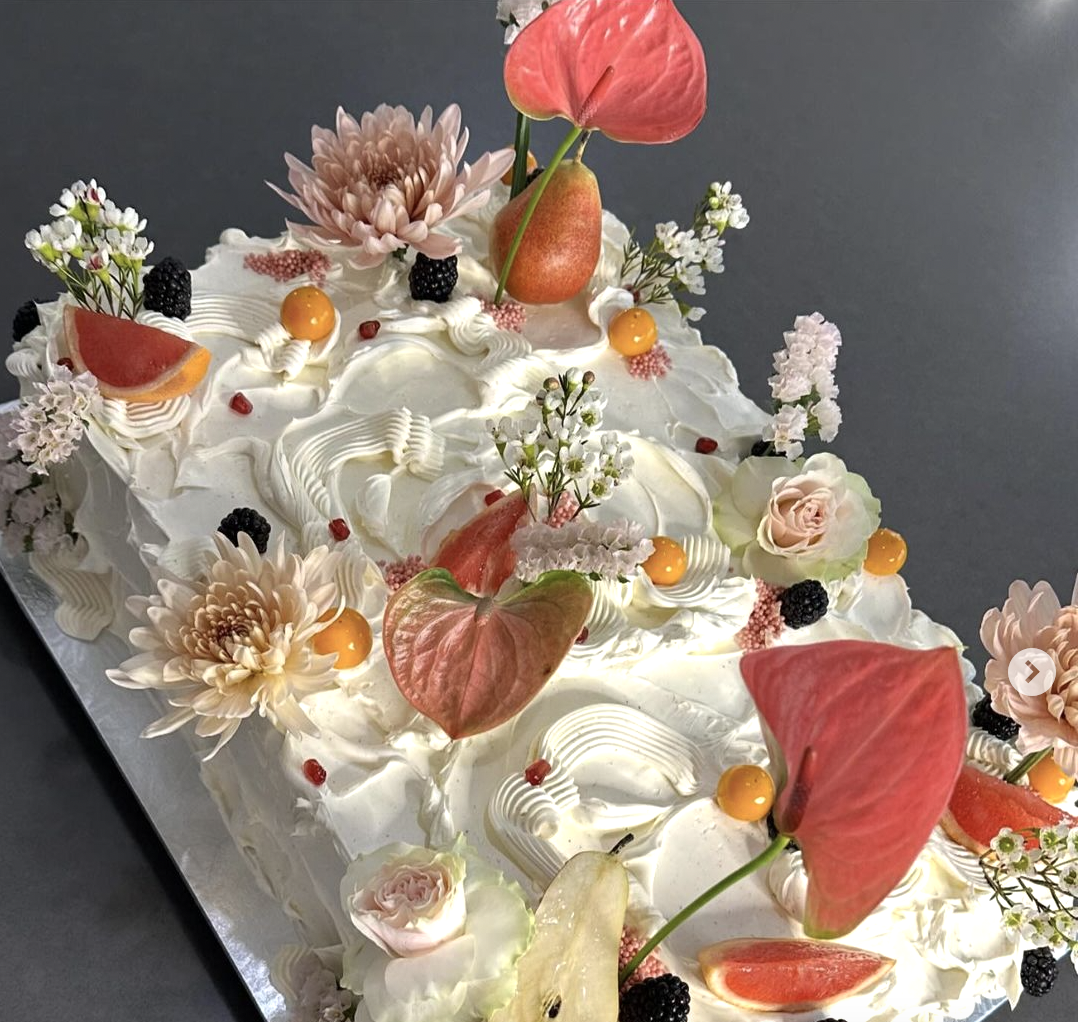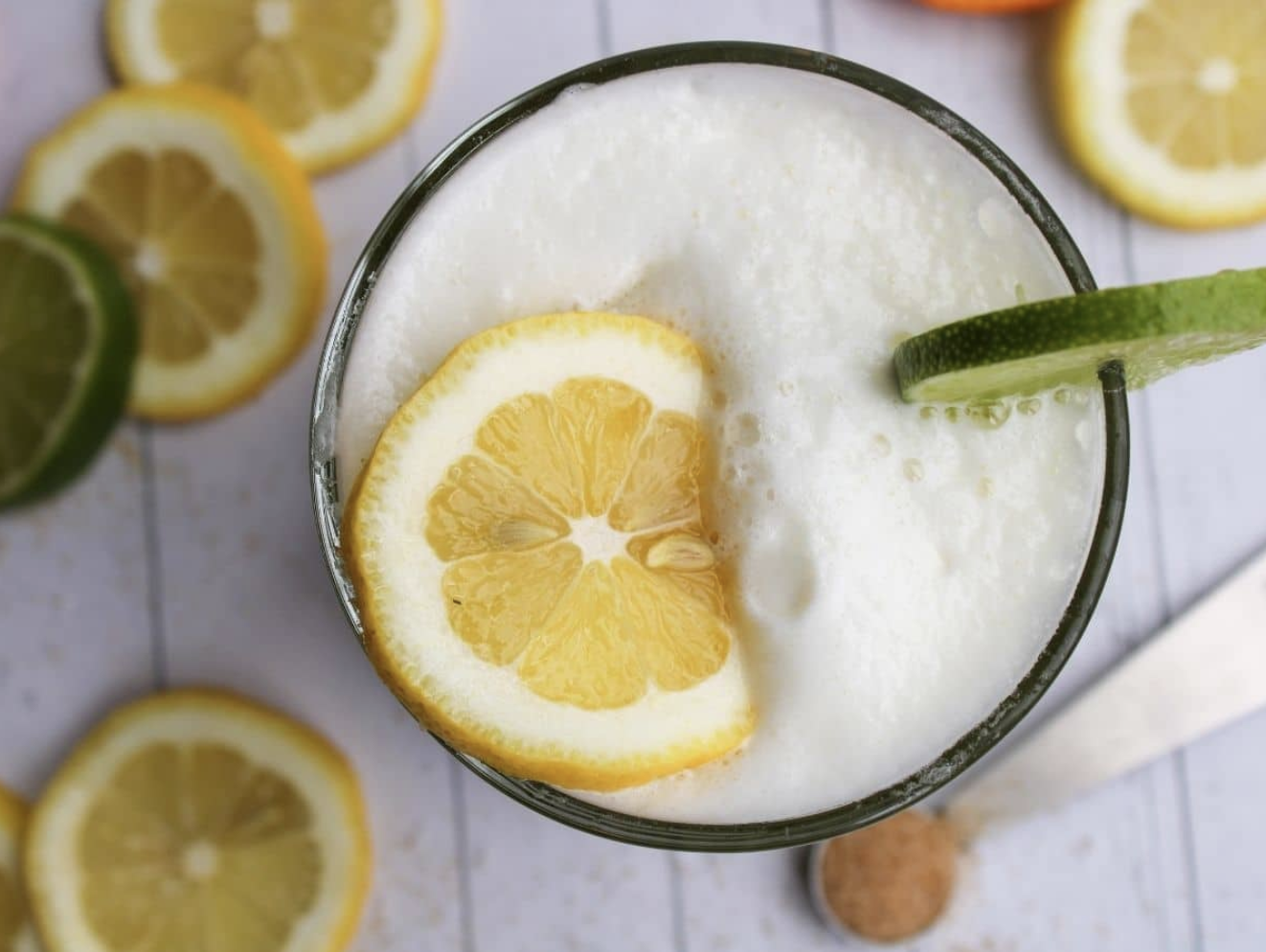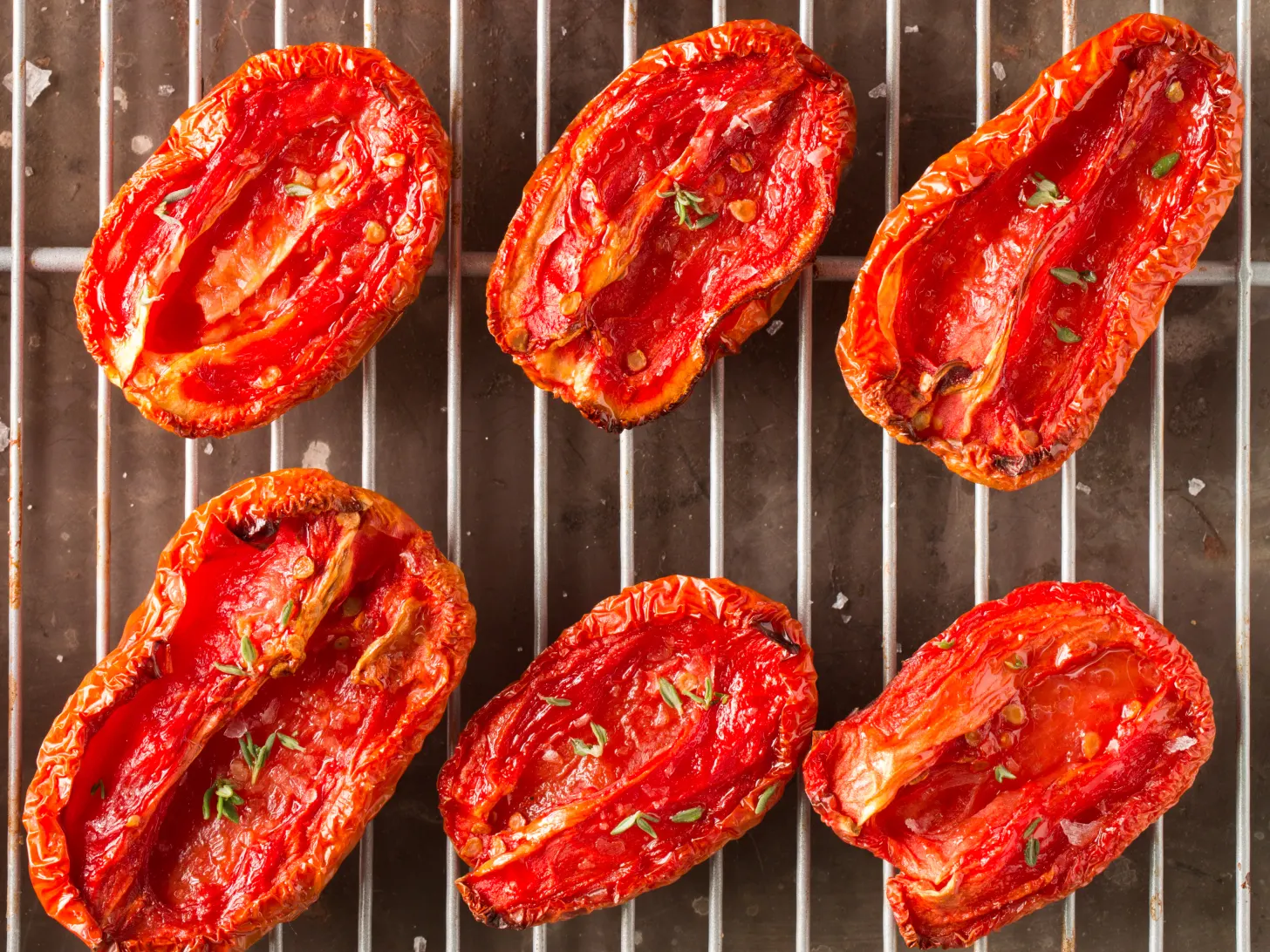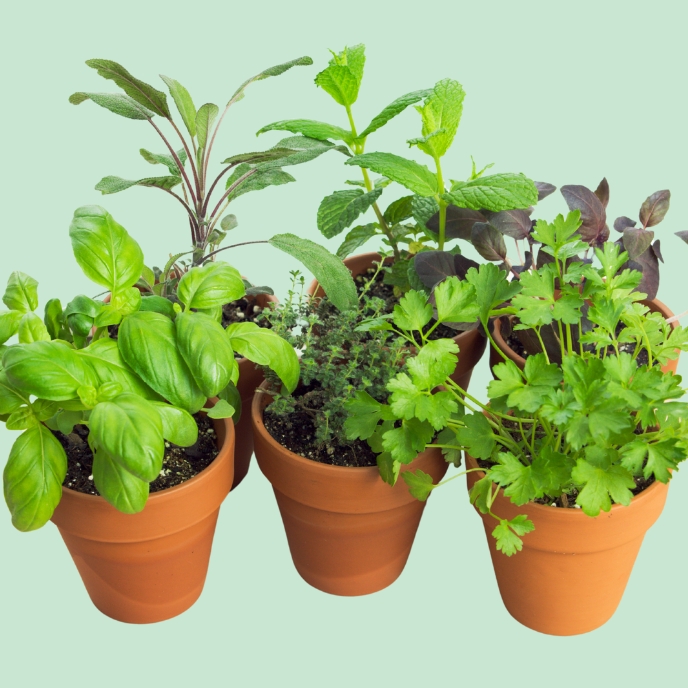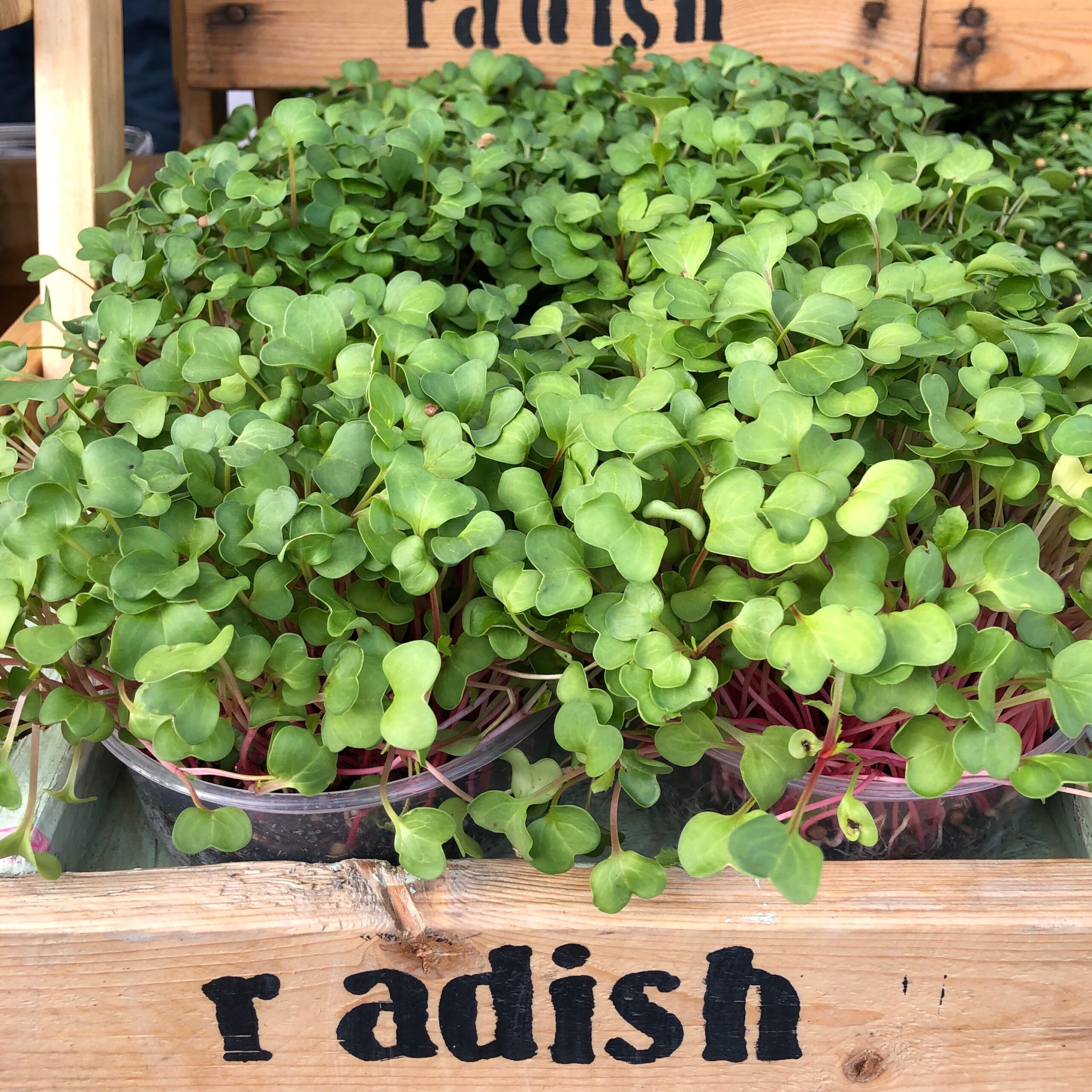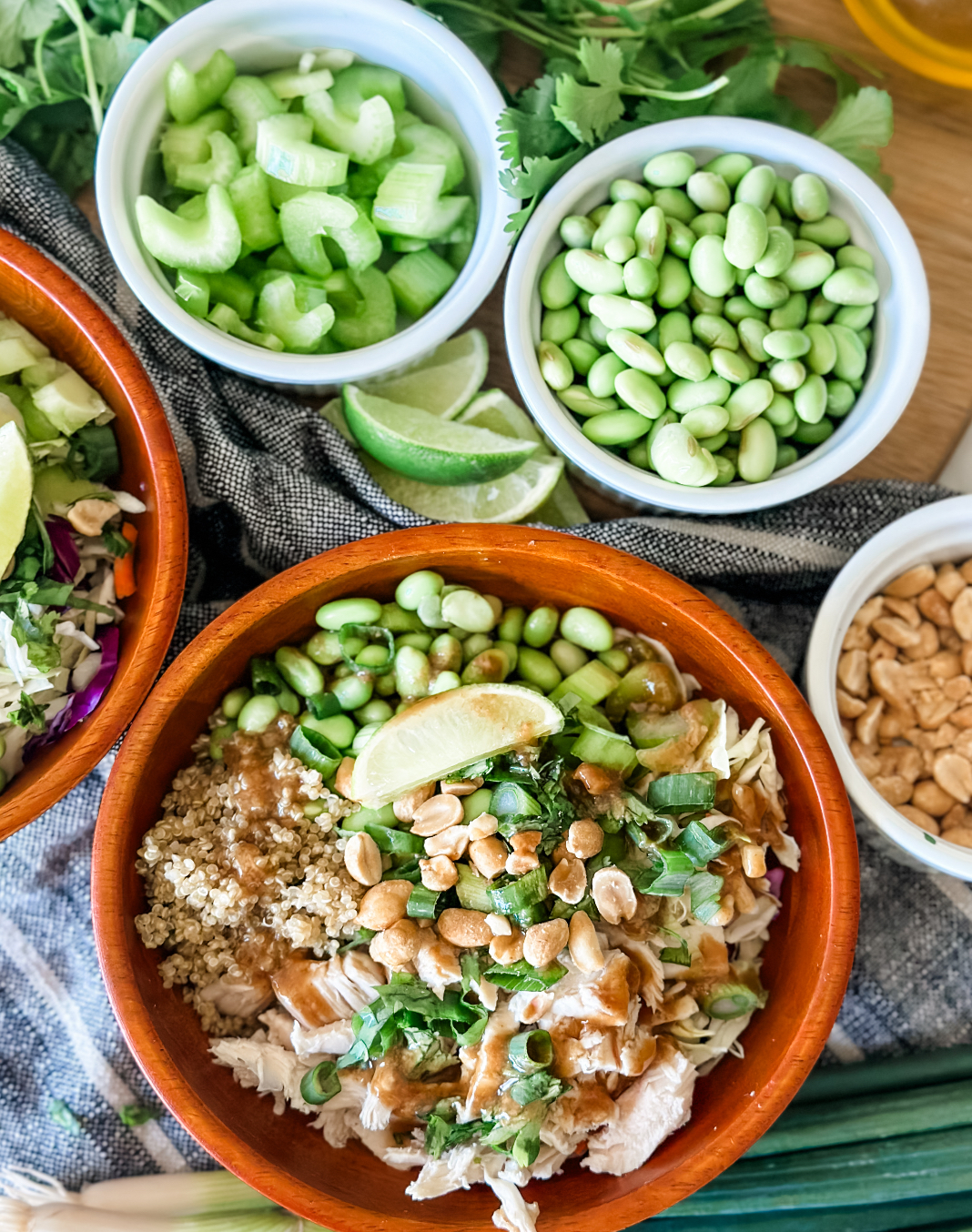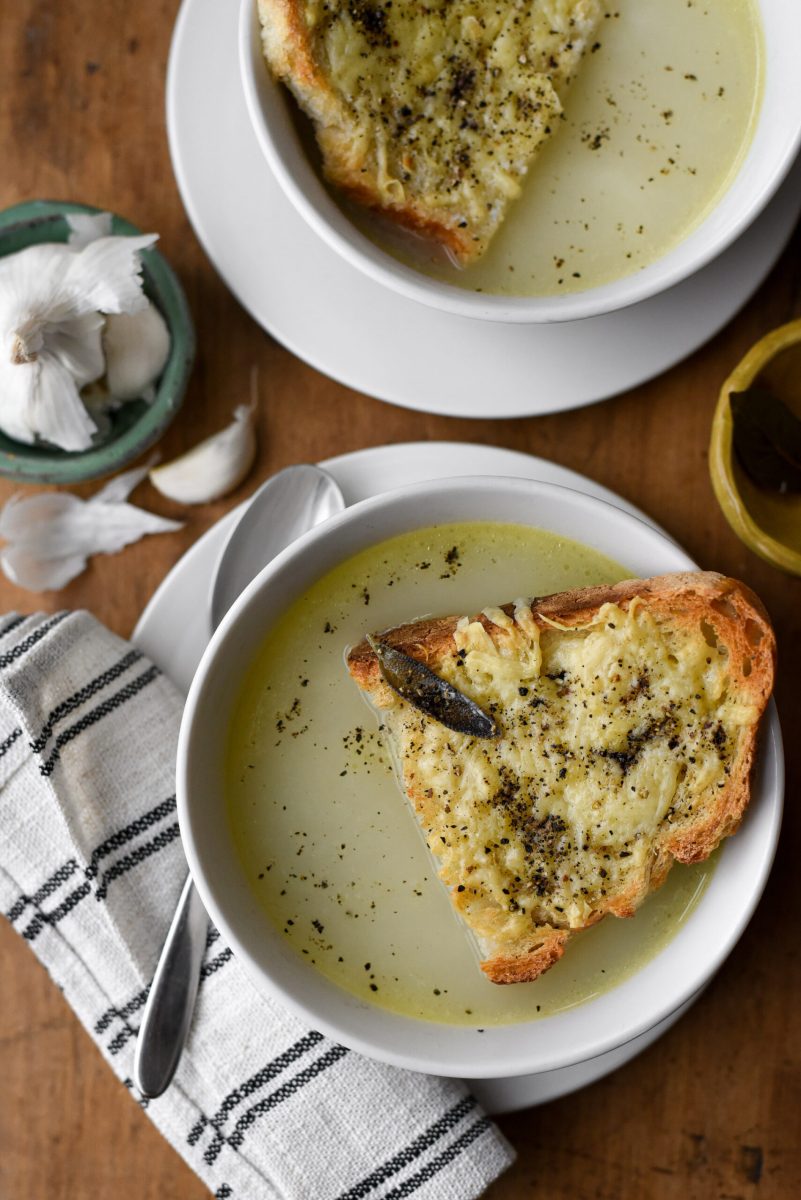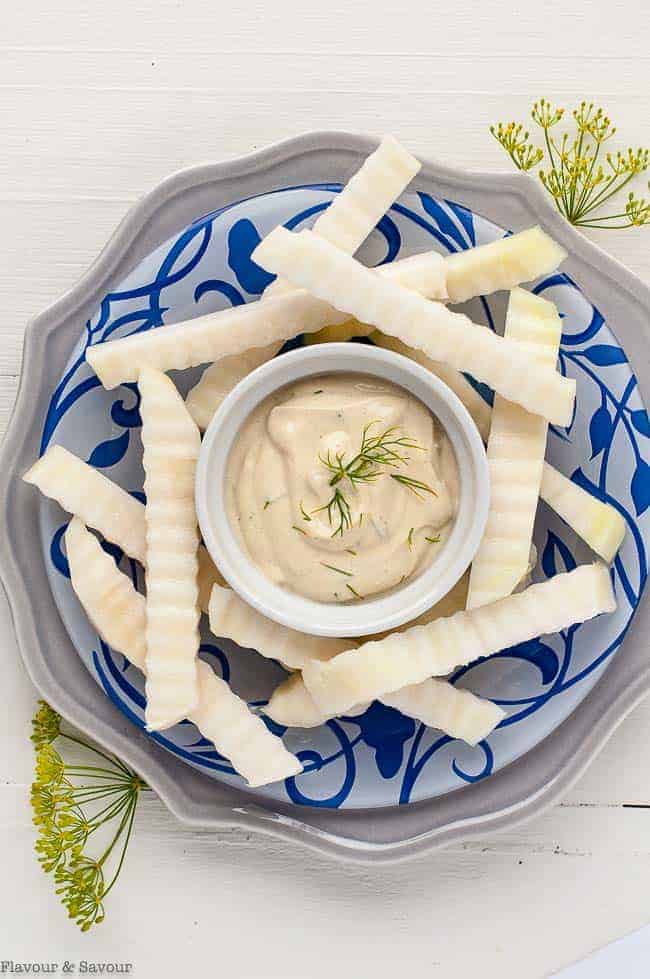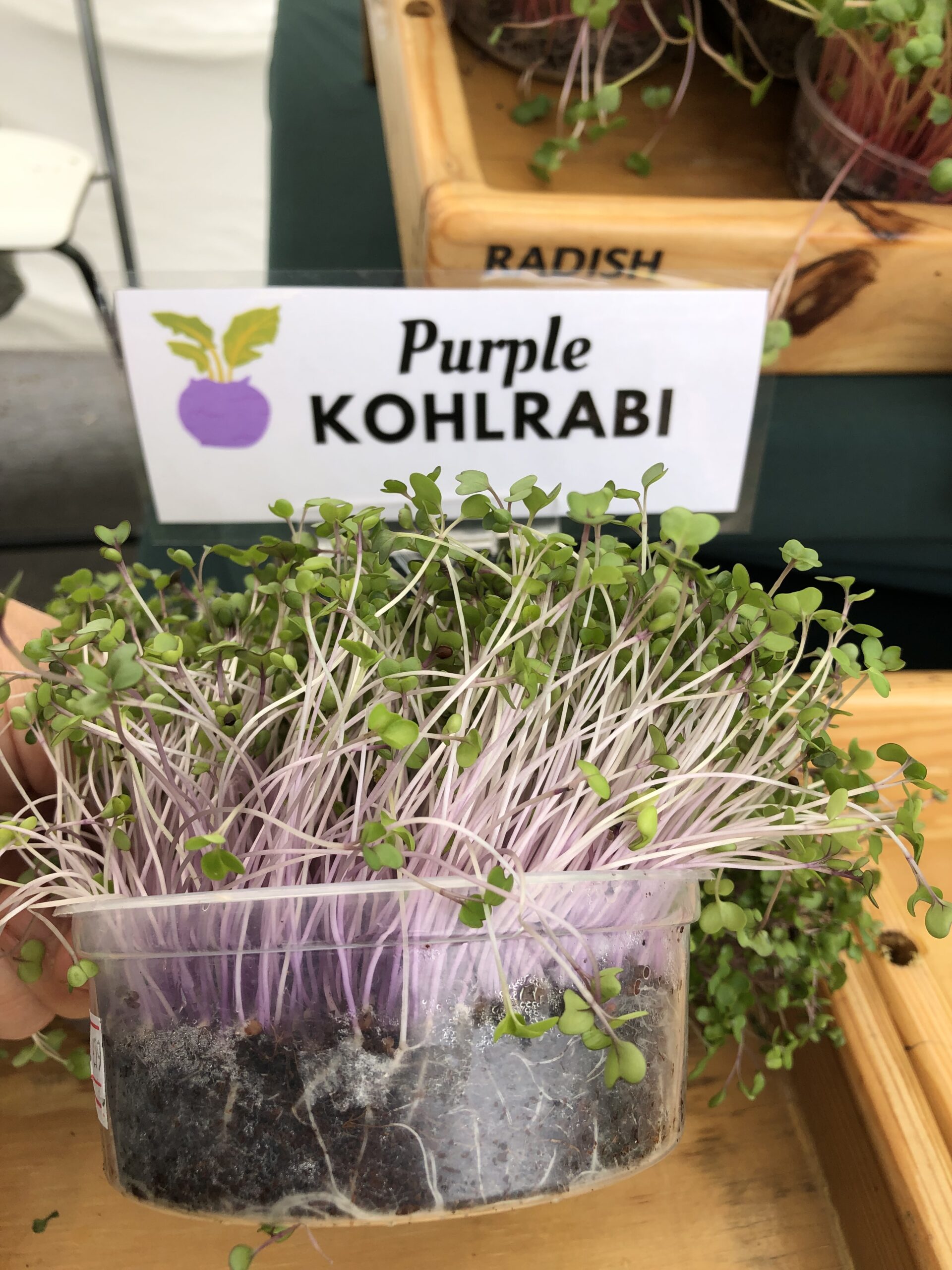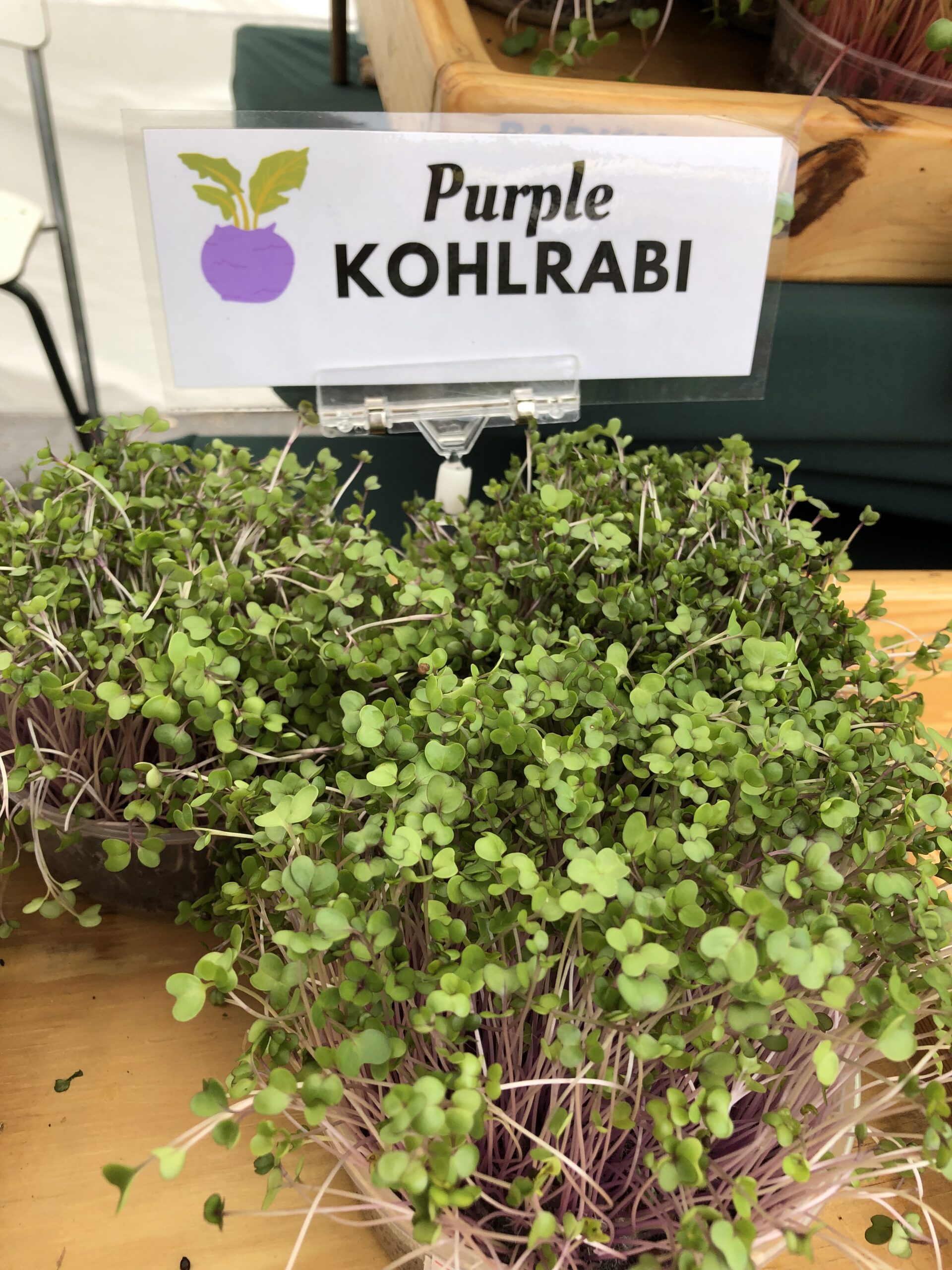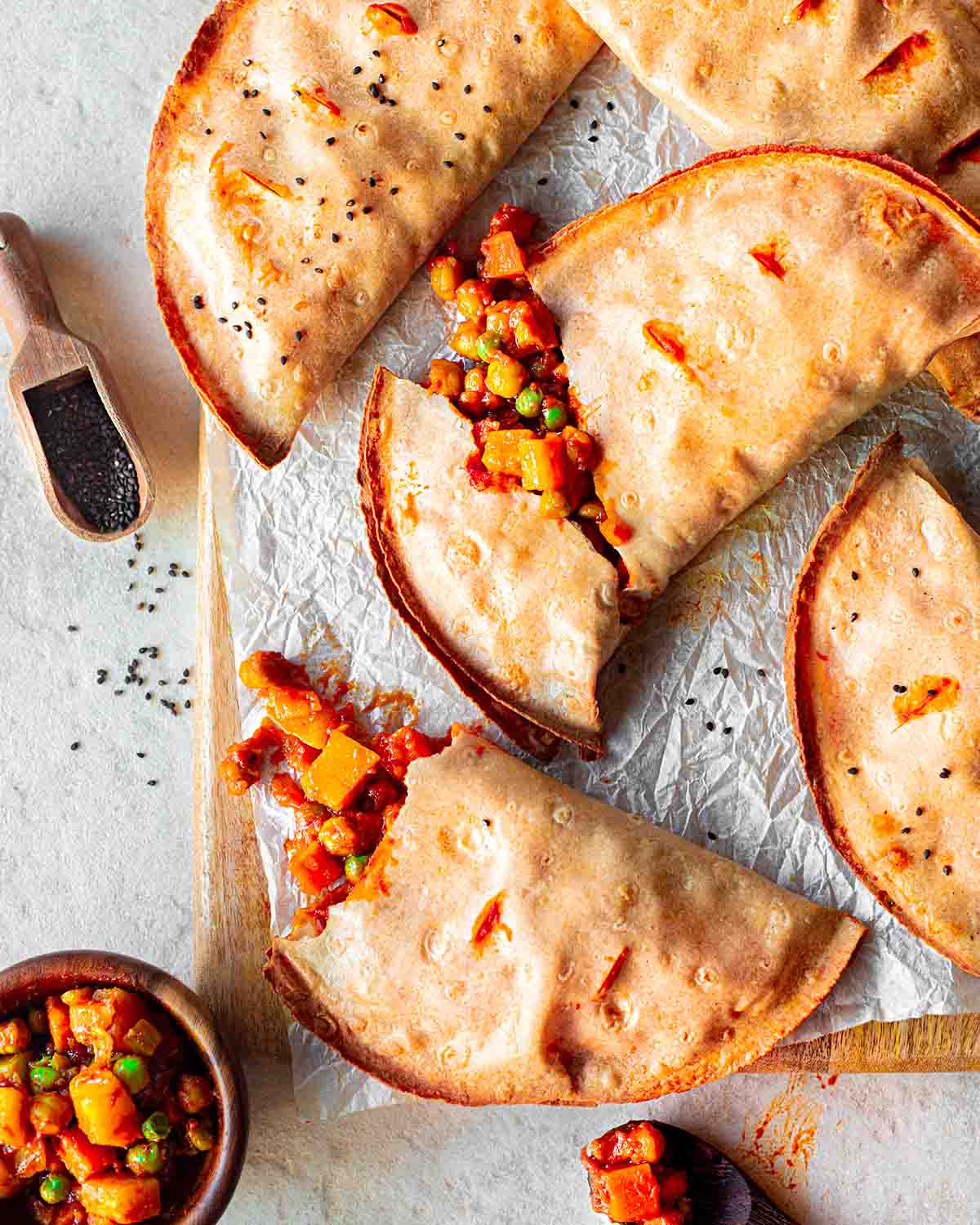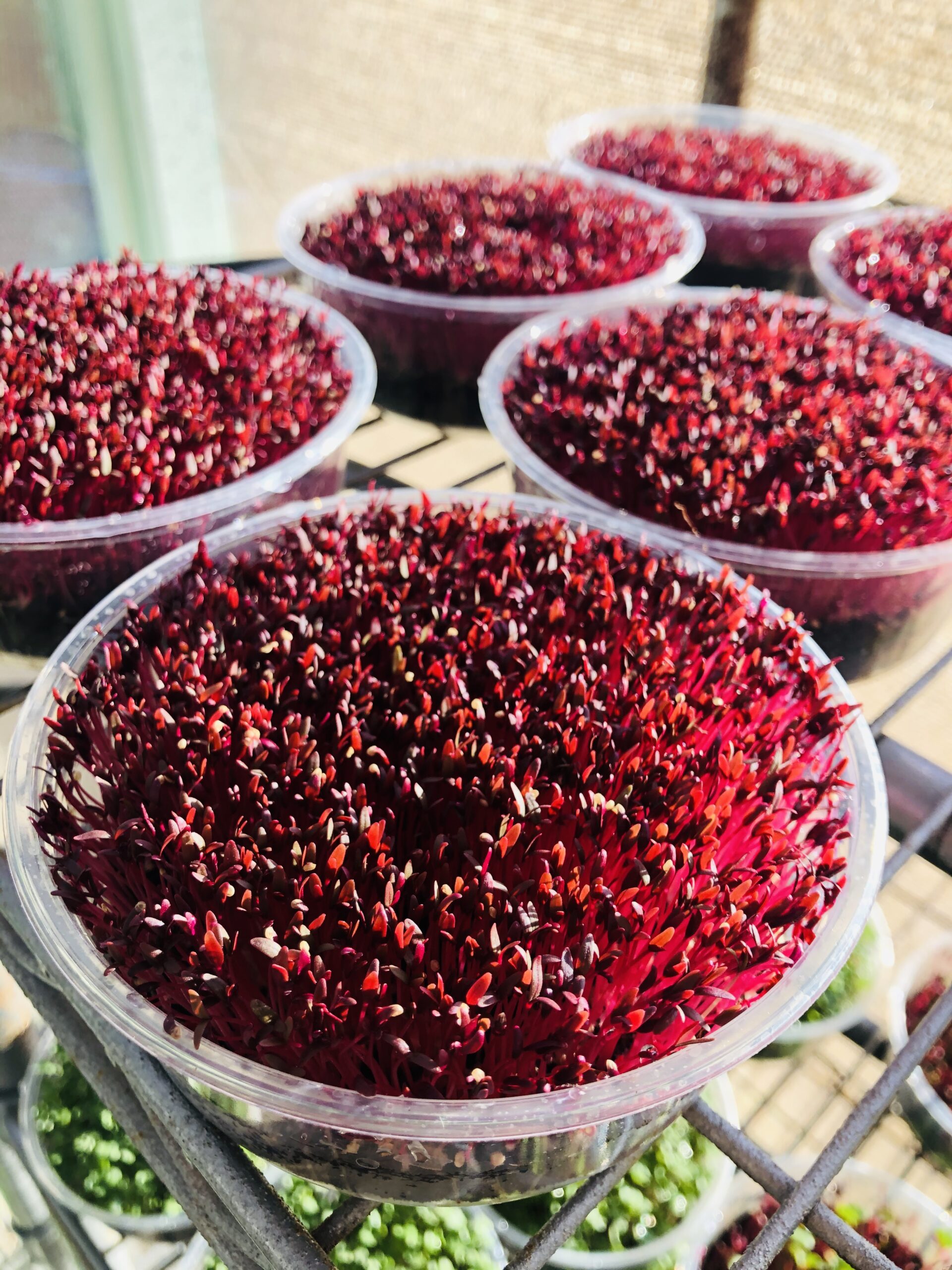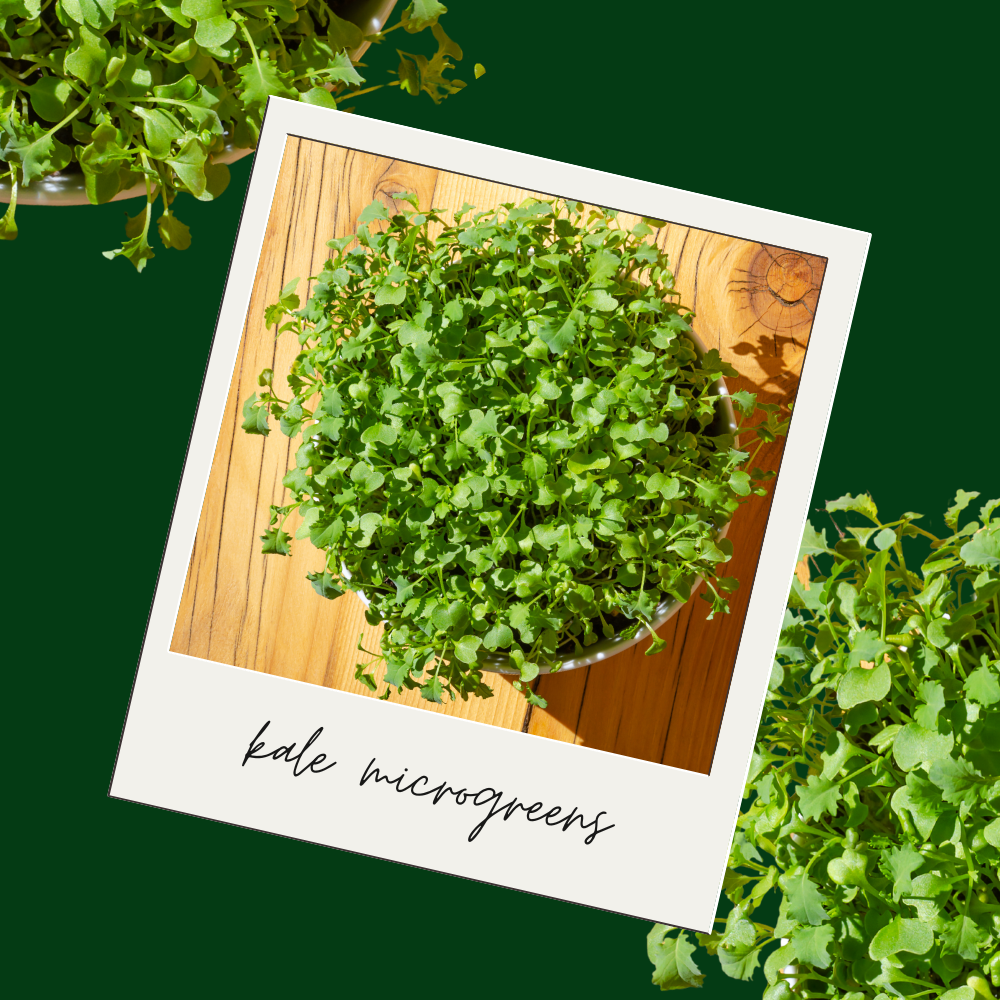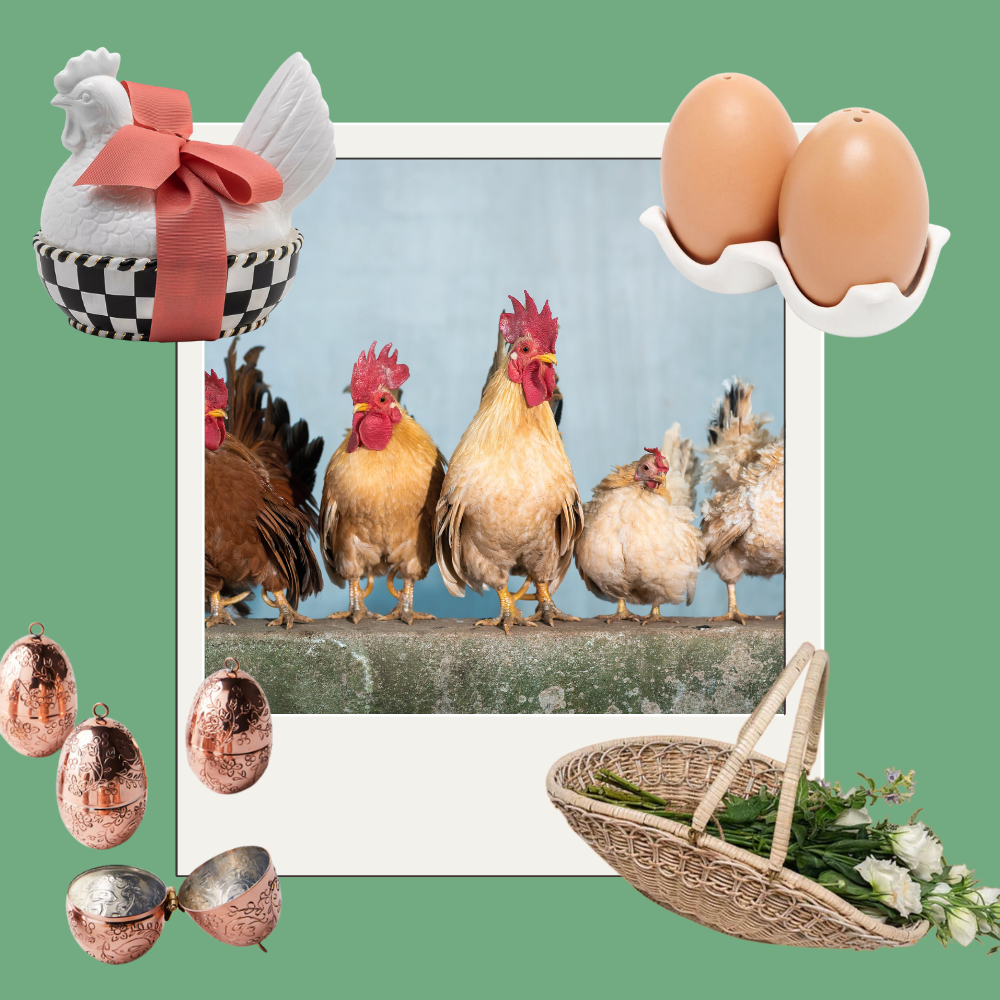When it comes to adding fresh, nutrient-dense greens to your diet, microgreens and sprouts often come up as popular choices. Though these tiny plants may look similar and are both packed with health benefits, they are not the same.
Understanding the differences between microgreens and sprouts can help you make informed decisions about which to include in your meals. From their growth process and nutritional content to their culinary uses, each has unique characteristics that make them distinct. In this post, we’ll explore the key differences between microgreens and sprouts, and why you might choose one over the other.
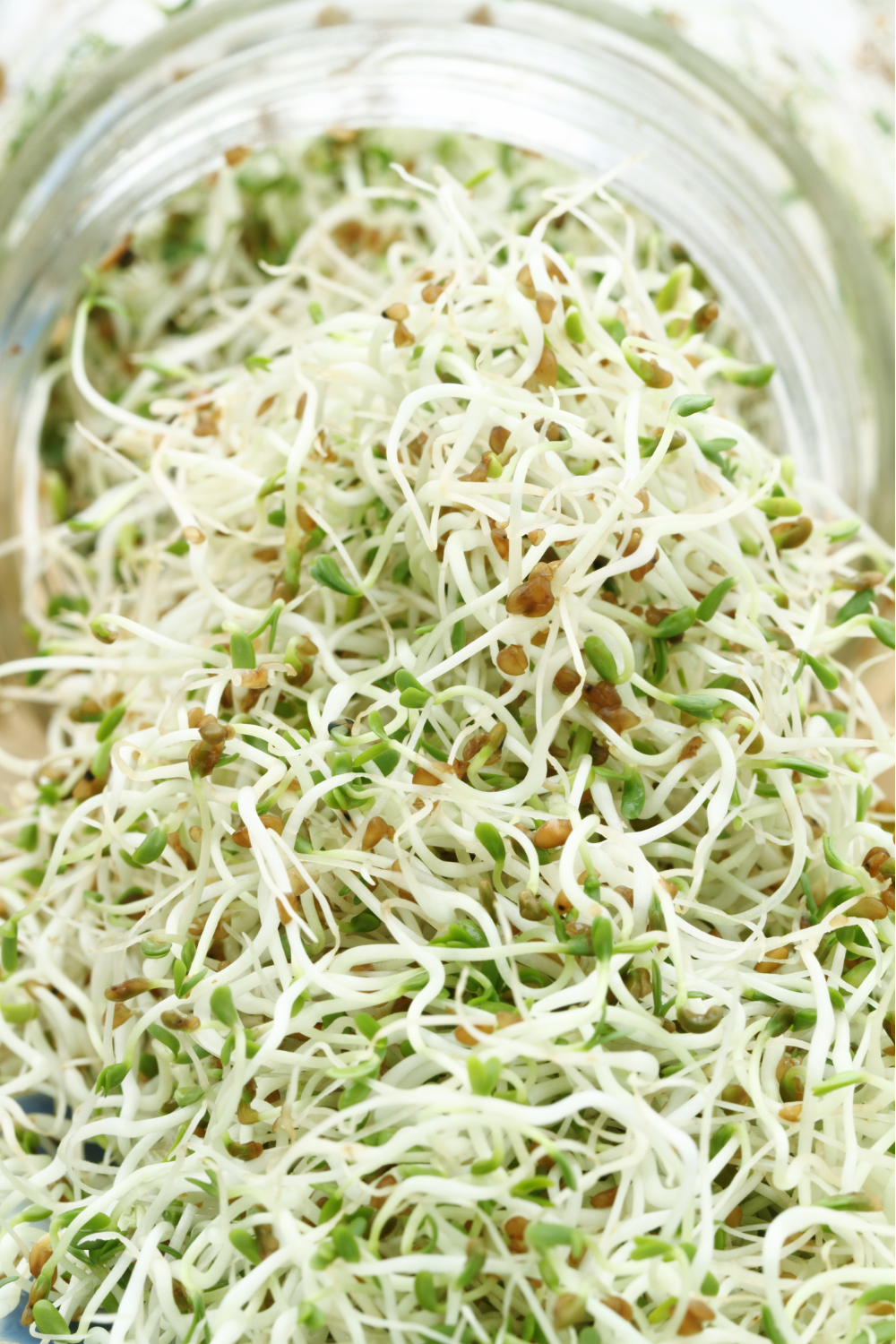
Alfalfa Sprouts
Microgreens vs Sprouts
What are Microgreens?
A microgreen is the edible stem and the first couple of leaves that emerge when a seed begins growing into a plant. They are delicious, tender and nutrient-rich.
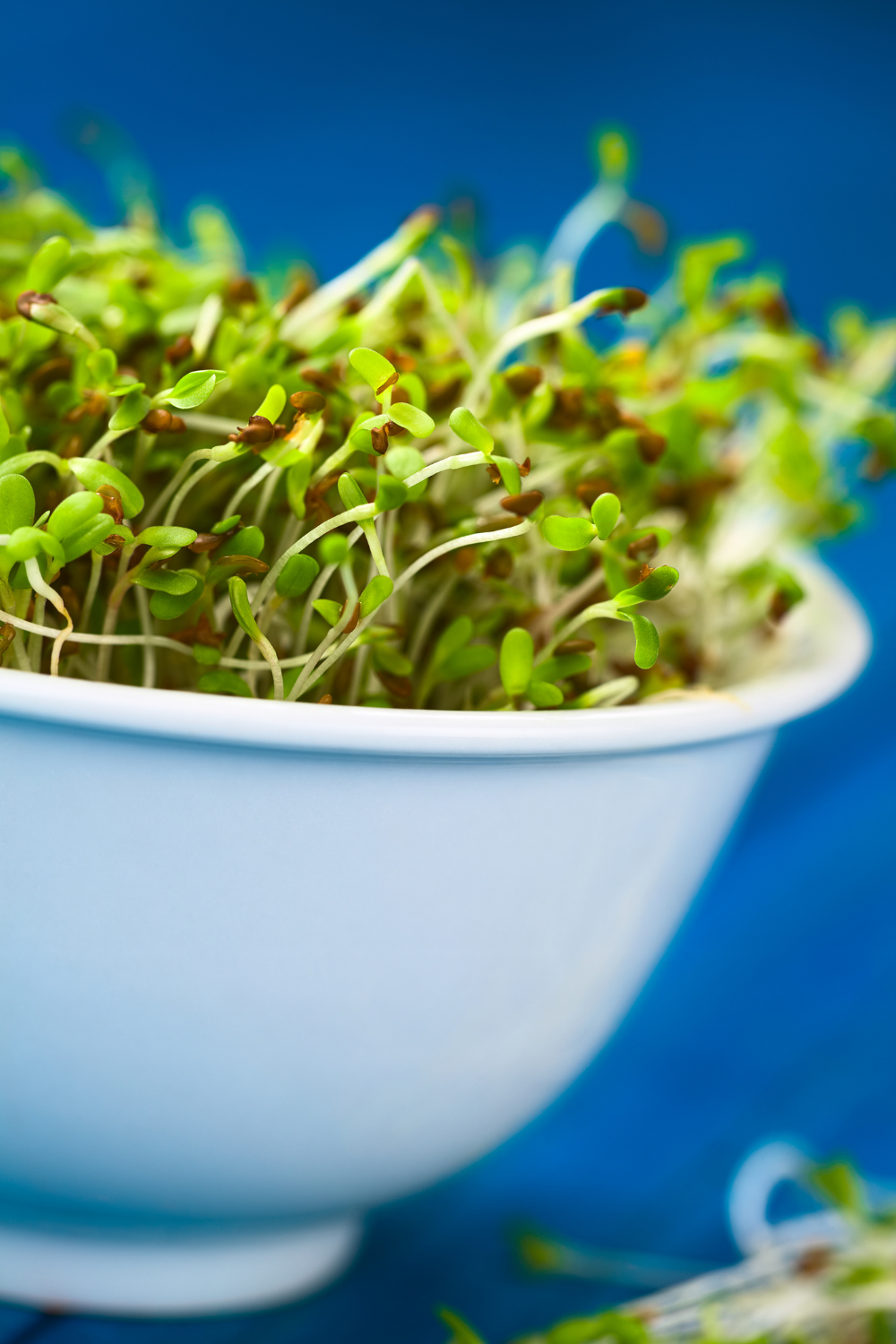
Alfalfa Sprouts
How Are Microgreens Grown?
Edible seeds are sown atop some soil in a shallow tray. Water is introduced to the seeds, which triggers the seeds to activate and begin to grow. The seed cracks opens up and a root begins to emerge and plunge down into the soil.
From each seed, a stem and tiny leaves emerge and begin to grow up, towards the sky. Light is introduced to the growing plants resulting in photosynthesis, the plants mechanism of turning light into chemical energy. For a short period of time, combination of light, water, and the original nourishment stored in the seed, the stem grows taller, the leaves get bigger, and the roots hit the bottom of the shallow tray and begin growing sideways, becoming tightly entangled with one another.
When tiny, tender plants are a few inches tall, and the two little leaves have become several millimeters wide, they are now in the microgreen stage. They are ready to be cut just above the soil line to be consumed. With Microgreens, the stem and leaves are consumed (not the root). They have vivid colors and a tender chew.
What are Sprouts?
Sprouts are seeds that have been germinated. Sprouted seeds can be consumed when just a tiny root has emerged from the seed (It will look like a seed with a tail), or can be left to grow longer where the root is several centimeters long with a skinny stem also grown. With Sprouts, roots and stems are consumed.
How Are Sprouts Grown?
Sprouts are also grown from edible seeds. Seeds are soaked in water for a period of time to trigger the germination process. The seeds are drained but not dried. The soaking process triggers the seeds to being to germination.
Sprouts are never planted on soil. The seeds crack open and roots begin to emerge. The seeds and roots are regularly rinsed with water, and then drained to ensure they never dry out. The vessel with the seeds is stored in the dark, or in low light.
The roots elongate and a stem emerges. The roots can grow several inches long because they are not suppressed by the bottom of the vessel. Because the seeds are not grown in any soil, and are constantly moved by rinsing and draining, the elongated roots and stems become tangled together. The wiry young plants become a blog of stem and roots.
A few days later, the sprout blob is given a final rinse and drain, and are ready to consume. The sprouts were never exposed to light, so the resulting color is pale and the roots are creamy colored.
The sprouts are “stringy” and chewy and tougher than microgreens. The flavor is milder than microgreens. The leaves are tiny and underdeveloped.
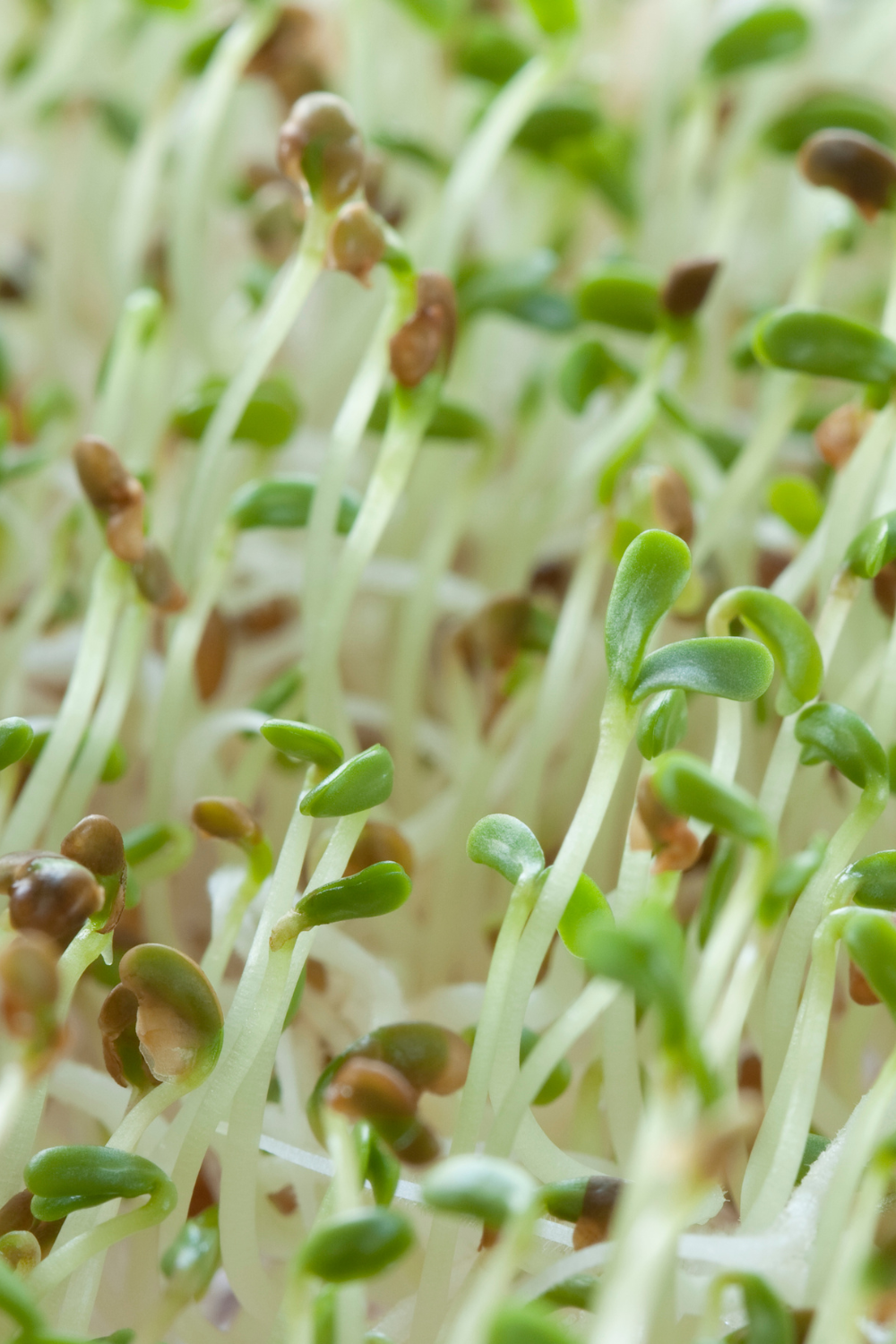
Alfalfa Sprouts
Nutrition Differences Between Microgreens vs Sprouts
Both sprouts and microgreens are consumed raw and both are densely nutritious and low in calories. Microgreens are grown under light (sunlight or artificial) and have chlorophyll. Sprouts are grown in the dark.
Microgreens are generally older than sprouts, have developed stronger flavors, but remain more tender because the roots are not consumed.
Microgreens have been well studied and are generally much more nutrient-rich at the microgreens growth stage, than the mature plant stage. Sprouts, too, are nutritional powerhouses.
For many seeds and nuts, the sprouting process increases nutrient levels. In some cases, sprouting can make some seeds that you normally could not consume raw, edible. For example, you can sprout lentils (soaking and rinsing until just a tiny root emerges—no stem) which allows you to eat them raw without cooking. They are delicious. Lentil microgreens are not so delicious.
Sprouts and Foodborne Illness
The method of growing sprouts in water in the dark can lead to unintended and dangerous consequences.
Most food poisoning in the USA is a of poor handling. Raw meat, dirty water, and poor sanitation, cause the lion’s share of food poisoning.
If you look at a seed under a microscope, you’ll see that the surface a seed is textured and bumpy.
Seeds come from plants. Though some plants may be grown indoors, plants grown for seeds are grown outdoors in the elements. Seeds, like everything else in our world, is covered in bacteria.
Seeds may carry bacteria that can cause human illness, such as e coli, salmonella, and listeria. Because of the texture and bumpiness of seeds, those foodborne illness bacteria can evade our efforts to kill them off. While we can try to sanitize the surface of seeds, we cannot sterilize seeds without severely compromising the seed’s ability to grow.
If bacteria that causes foodborne illness is present on seeds for sprouting, they can grow uninhibited during the sprouting process. The warm, moist, dark conditions vital to growing Sprouts is the perfect growing conditions for pathogenic bacteria to grow unchecked. As you are sprouting seeds, you may also be growing bacteria that can make you very sick.
People have become very sick eating raw Sprouts. There have been several outbreaks of foodborne illness just in the last decade, most associated with alfalfa, mung bean, and clover sprouts. Read more about it here.
Microgreens Growing Methods Do Not Pose The Same Risk As Sprouts
Microgreens are not immune to contamination. Neither is lettuce, cantaloupe or really any food generally consumed raw. But Microgreens are not grown in same the warm, moist, dark conditions as Sprouts are grown.
Microgreens are grown on a soil-type substrate. The stem and leaves of the microgreens are not emersed in water. Microgreens stems and leaves remain dry. The seed hull (which is often the contaminated part of the seed) is cast off of most microgreens as the plant grows. The conditions in which microgreens grown are not the ideal conditions for pathogenic bacteria to grow unchecked.
Note: There are microgreens growers that grow in a way that mimics sprouts growing. If you are growing microgreens in a system that has constant recirculating water running through the system, no soil/grow medium and are growing on screens, the microgreens may have increased risk of foodborne illness pathogens. Any system that uses warm water in dark conditions that has been in contact with seed hulls, can mimic the conditions that cause Sprouts to be so risky. Ask your microgreen grower how they grow their microgreens and what they do to minimize risks associated with foodborne illness.
How My Microgreens Farm Miminized The Risk of Foodborn Illness
When I operated Quantum Microgreens farm I was always aware of food safety. These are some of the ways I ensured my microgreens were safe to eat.
-
I carefully selected my seed suppliers to ensure all seed lots were tested for pathogens.
-
I only used water I would drink to grow microgreens.
-
I used coconut coir as a growing medium without any animal-based fertilizer.
-
I kept careful records of what seeds I used for each grow, their lot number, and their source, labeling every tray of microgreens with the seed lot and date of sowing.
-
I washed my hands frequenty.
-
I did not comingle tools. I used tools dedicated to growing- I did not comingle kitchen tools with microgreens tools.
All the extra work was time consuming, but necessary to ensure all my customers were safe.
How To Minimize the Risks of Eating Raw Sprouts:
Grow your own sprouts and control all the variable to reduce potential for illness.
1. Buy Clean Seeds: Source seeds from a reputable company that specializes in sprouts and microgreens seeds. Seed companies that grow specifically for microgreens ensure all of their seed lots are tested for pathogens. Of course that cannot ensure a total lack of pathogens, but at the very least the seeds have passed initial tests.
2. Sanitize Your Tools: Use clean and sanitized vessels to grow sprouts. Use a clean vessel to grow microgreens. Wash your hands before handling seeds. Sanitize all surfaces (especially if you are going to grow in your kitchen).
3. Sanitize Seeds: For Sprouts growing, sanitize seeds. You can also sanitize seeds for microgreens growing, though as discussed, the risk of foodborne illness is greatly reduced when growing microgreens because the growing method is so very different.
4. Use Clean Water: Only use water you would be comfortable drinking. Do not use contaminated water.
5. Rinse and Drain Frequently: If you are growing sprouts, rinse them several times a day with clean running water. Drain thoroughly, do not allow sprouts to sit in stagnant water.
6. Refrigerate Promptly: Once your sprouts are the size you want. Rince, dry out a bit, and refrigerate. Do not leave the sprouts on the counter.
More Microgreens Varieties
Microgreens 101: Learn All About Basil Microgreens
Learn All About Sunflower Shoots—Yes, They Are Microgreens!
All About Mustard Microgreens (Intense Mustardy Flavor)
All Your Questions Answered About Radish Microgreens
Why We Should All Eat Broccoli Microgreens
Microgreens Care
3 Ways to Wash Microgreens And Avoid Mushy Microgreens
Growing Microgreens: Should You Grow Them in Your Garden?
White Fuzz on Microgreens: Is It Microgreens Mold?
Growing Microgreens: Should You Grow Them in Your Garden?
Microgreens Care: 2 Reasons You Have Gnats In Your Microgreens
